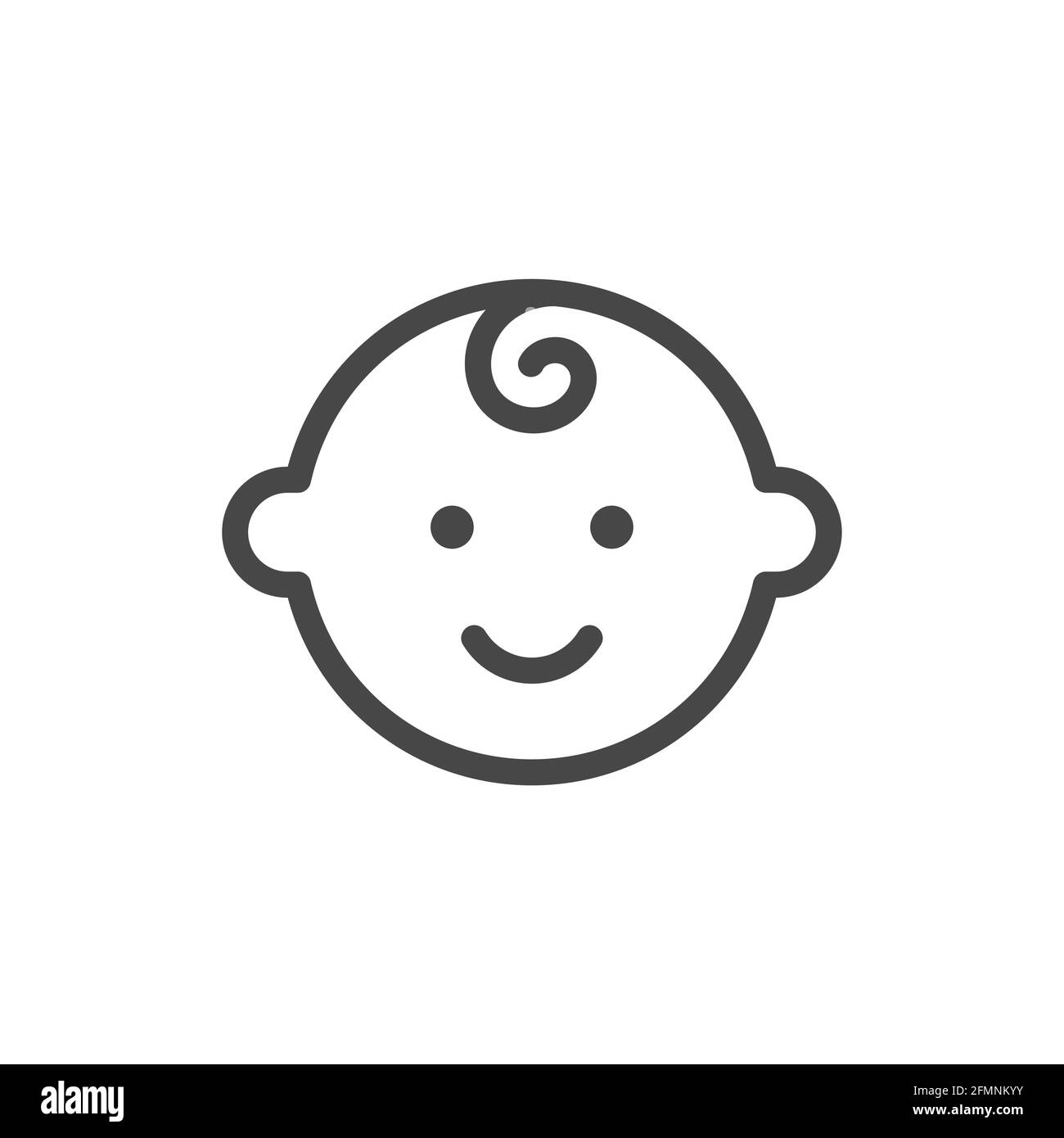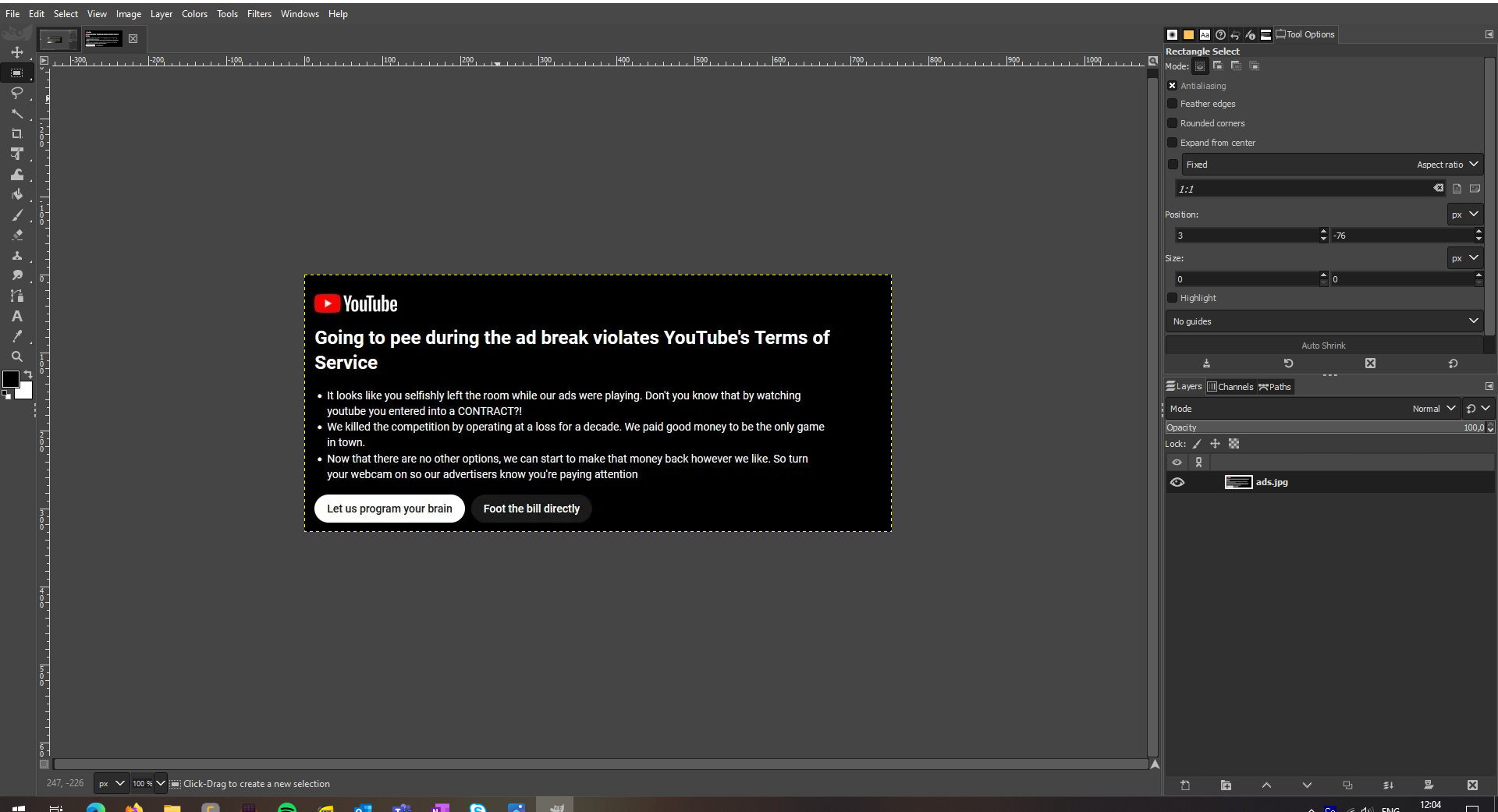

Factorio is a casual game. You see a person with a massive base that makes a gazillion science packs a minute, don’t get intimidated. They have no clue what they’re doing either, and probably already forgot how a third of their factory is put together. They have just been in the game for longer.




Percentages can hide the impact of tendencies. Steam has 132MM monthly active users, assuming the poll is a representative sample. Then, 2% is a bit over 2.6MM people using a linux device. This doesn’t include steamOS. That’s at least equivalent to an entire small country’s population using Linux.